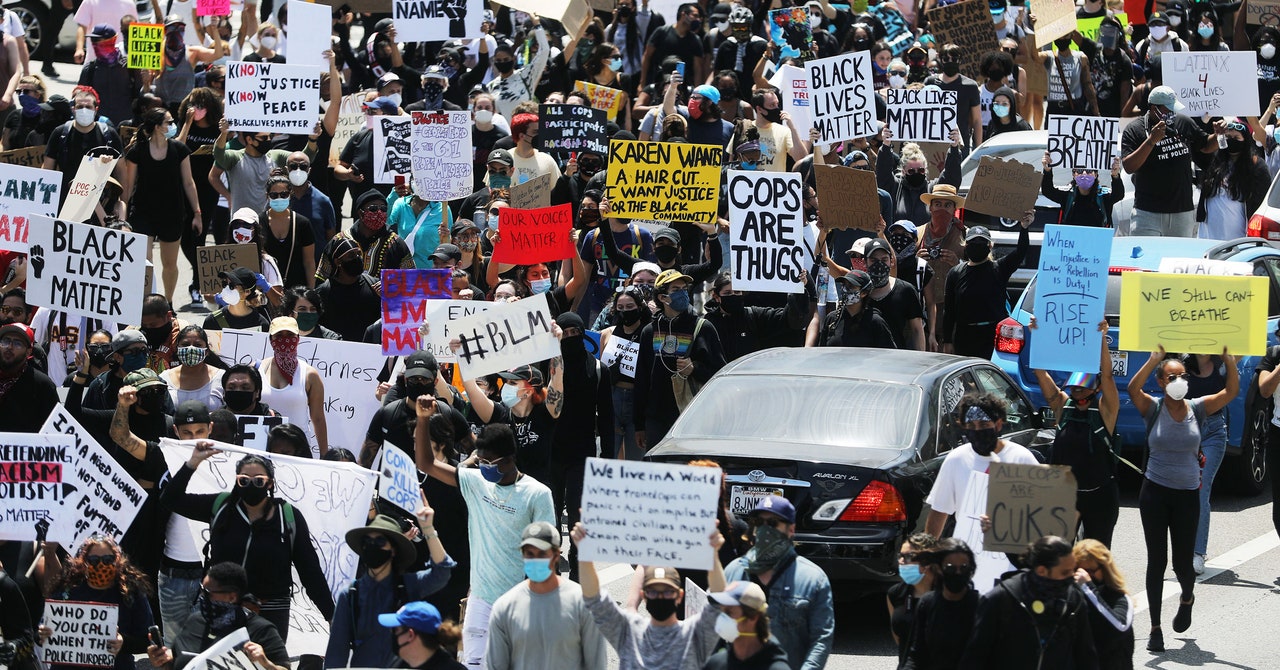As protests against police brutality and systemic racism, sparked by the death of unarmed black man George Floyd at the hands of Minneapolis police, grip the nation, so too does misinformation. On social media, rumors and conspiracy theories are flourishing on every band of the political spectrum. Videos of both peaceful and brutal arrests have been held up as evidence of police officers’ reasonable and unreasonable behavior during demonstrations, only then to be proven to be months or years old. Some have claimed that Russian operatives or white supremacists were involved in either killing Floyd or in fomenting violent demonstrations. Others, especially those in far-right fringe groups, have claimed that their longtime Jewish boogeyman, George Soros, is the one to blame. Still others hold that Floyd isn’t even dead.
None of the misinformation reflects what is happening on the streets. Reality is far more complicated and diverse than a single inflammatory tweet can capture, and the demonstrations seem to come from a groundswell of genuine rage and heartbreak rather than an orchestration on anyone’s part. People who study such movements say the country hasn’t seen anything like the last week’s events since the riots following the assassination of Martin Luther King Jr. in 1968, and conspiracy theories about who might be behind the movement only distract from demonstrators’ calls for reform.
That said, misinformation can’t be ignored either. On Sunday, President Trump officially endorsed the widespread claim that antifascist activists are behind violence at the uprisings, for which there is no real evidence, by threatening to designate them a terrorist organization. NYPD commissioner Dermot Shea amplified a dubious claim that demonstrato
Read More

